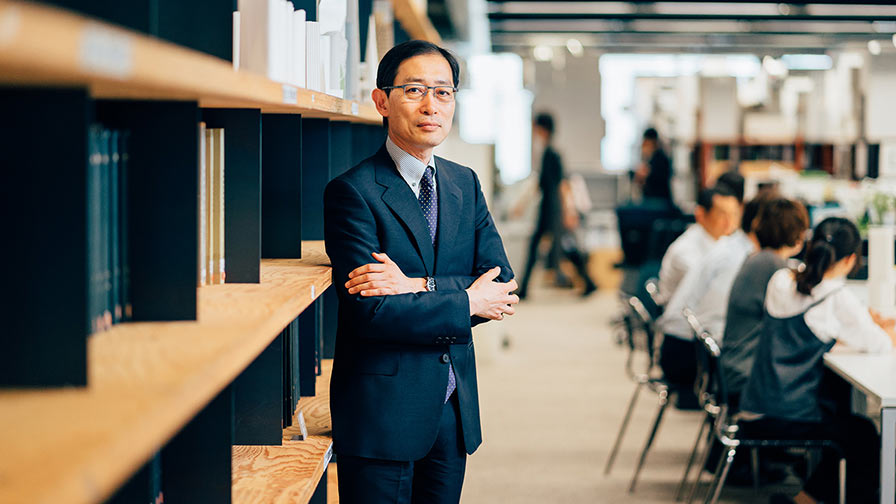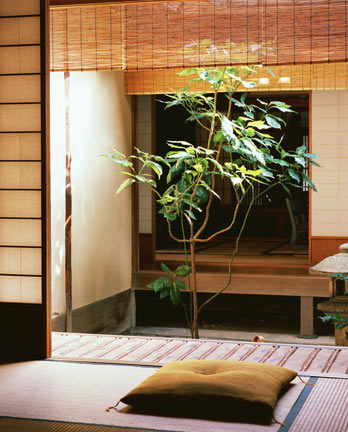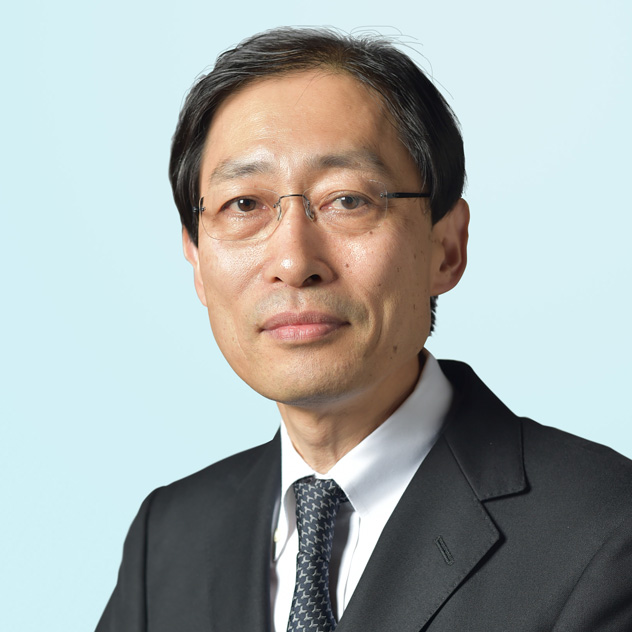Towards a new society brought about by the COVID-19 pandemic;
Applying the Japanese idea of “coexistence with nature”in design to unlock the doors to a new society
Tadao Kamei, President & CEO
NIKKEN SEKKEI LTD
(The positions in this article were current at the time of publication.)
Scroll Down
Medical professionals around the world have fought hard to sustain society amid the perils of COVID-19. Now, based on all that we have been through, I believe it is our mission as those engaged in urban and architectural design to create proposals for a safer and more sustainable urban environment. Here, I would like to talk about the thoughts I had while our activities were restricted.
 Tadao Kamei, President & CEO NIKKEN SEKKEI LTD
Tadao Kamei, President & CEO NIKKEN SEKKEI LTD
(The positions in this article were current at the time of publication.)
Shift from high-density concentrations to balanced distribution
However, this is not the only change. In our future, I believe that a society will emerge that incorporates not only spaces, but the concepts of virtual reality and time, where completely new cities, buildings, and spaces must be created. Today, we have started to take up this challenge in preparation for that time.
Accommodating flexible architectural spaces
Breathable architecture & cities: Transitioning from closed to open spaces

BCP & resilience based on the concept of complex disasters
With our brand tagline, “EXPERIENCE, INTEGRATED” that expresses Nikken Sekkei’s vision, we are determined to set trends in social and environmental design in response to people’s desires. Looking ahead, we plan to communicate our vision for a new society that will change in the wake of COVID-19. We want to work together with you to take action in building this coming society. (May 28, 2020)
